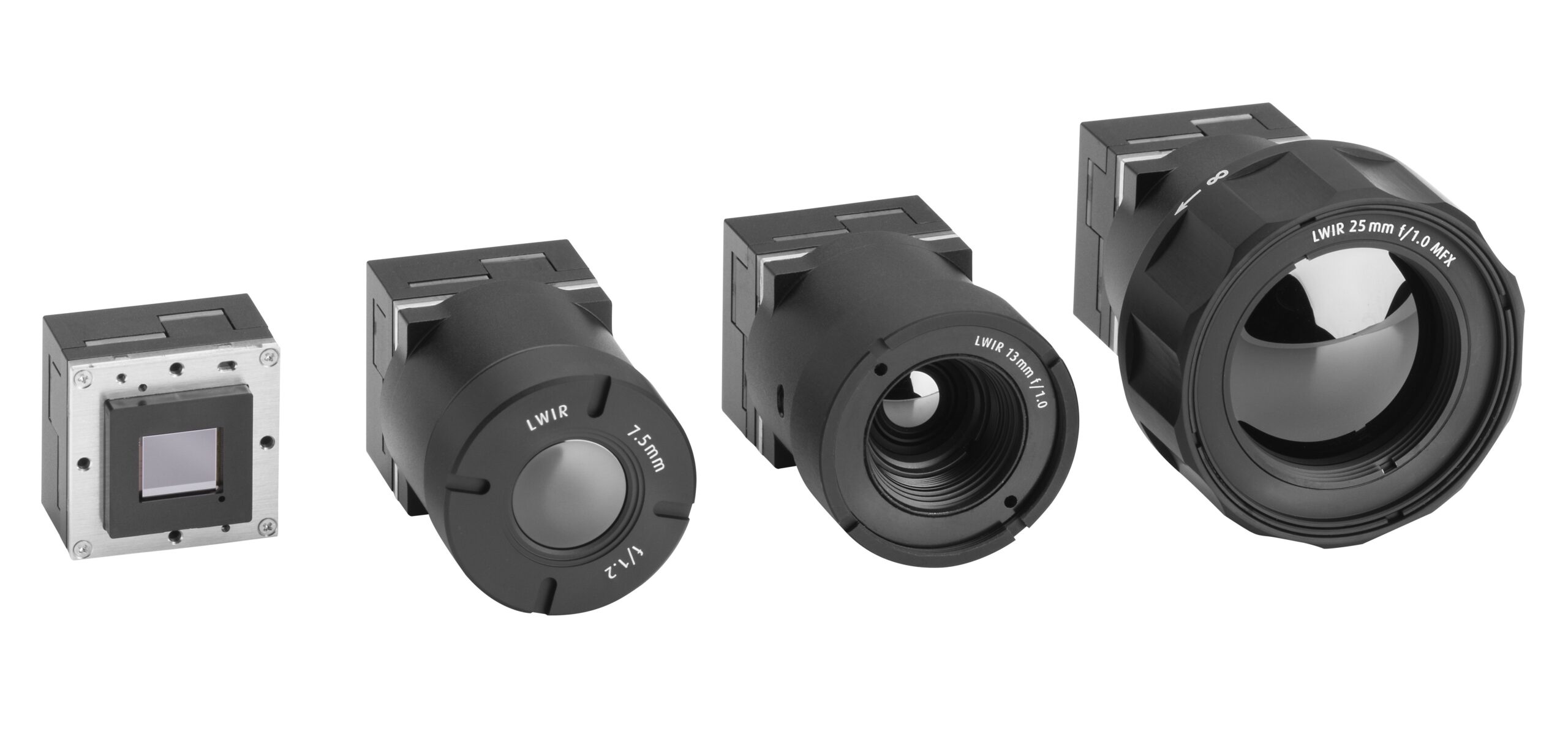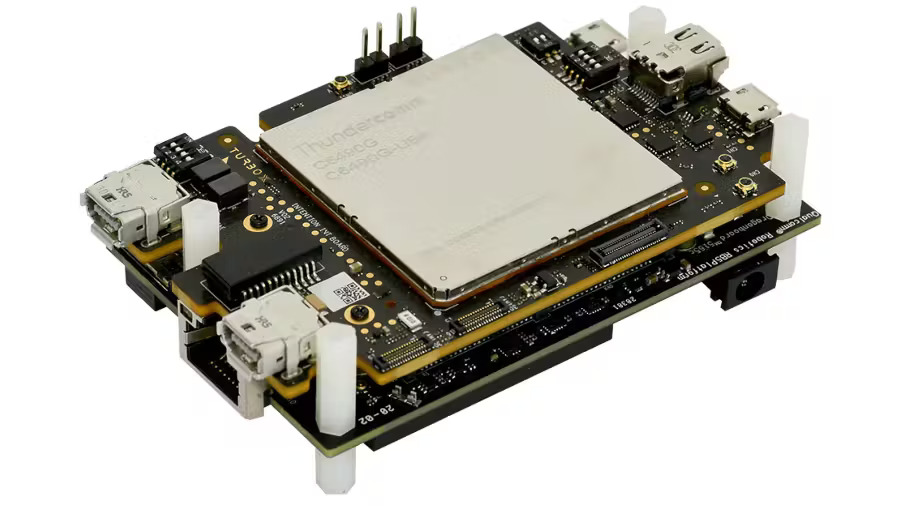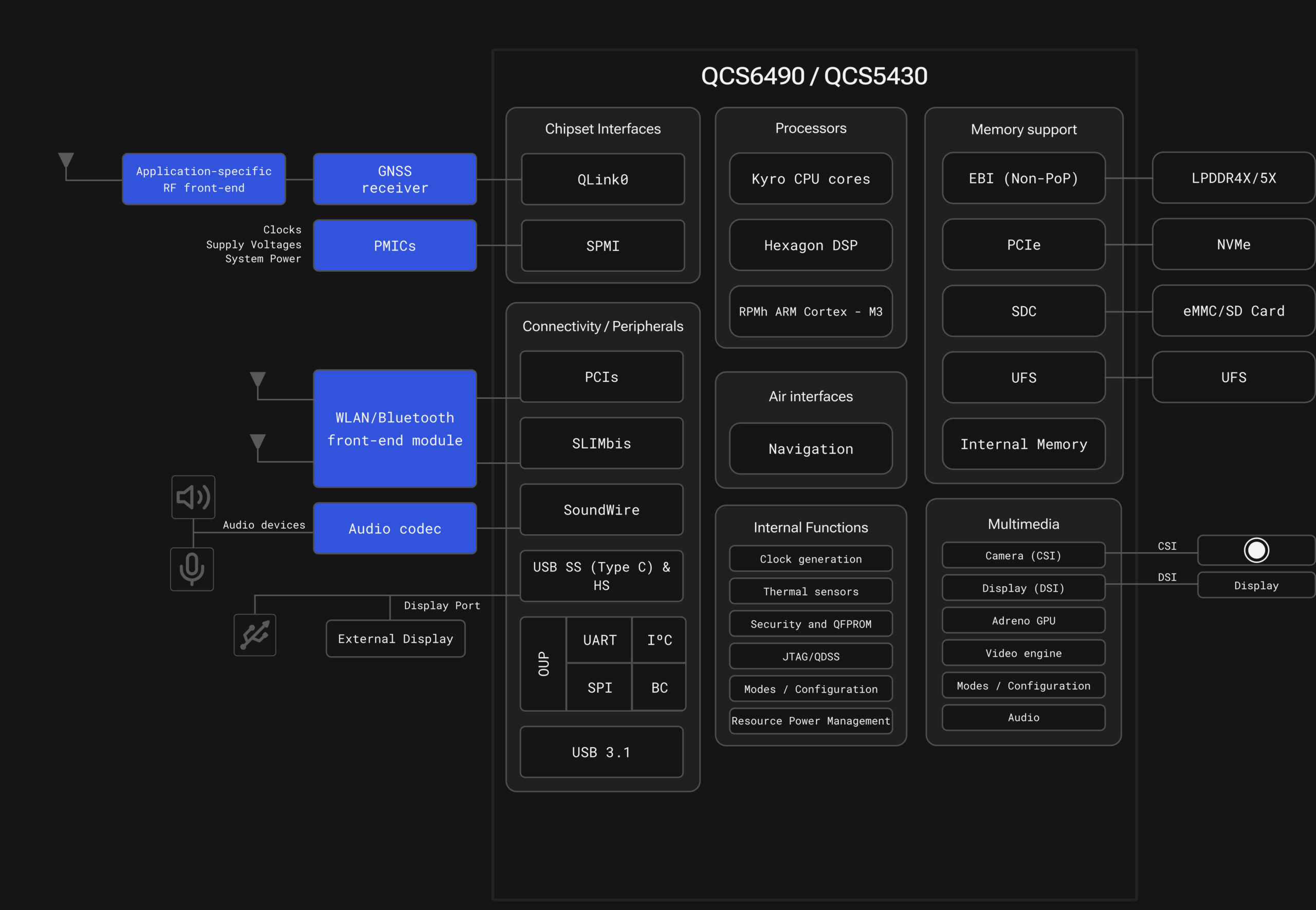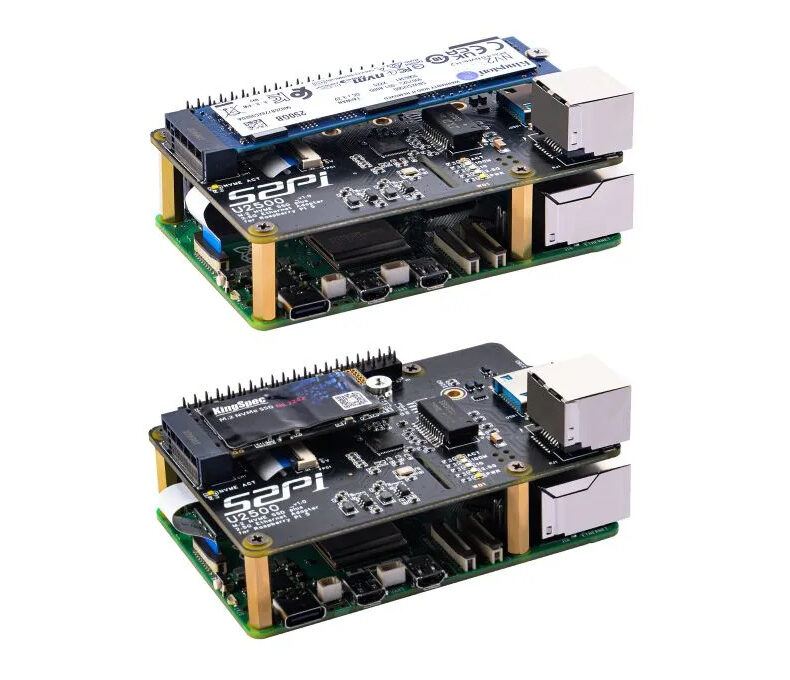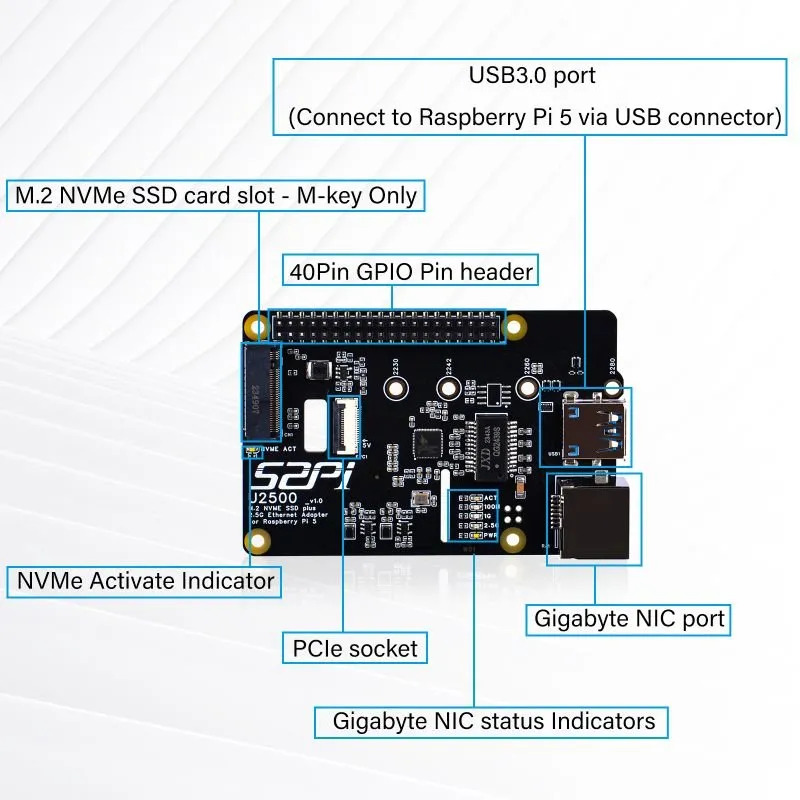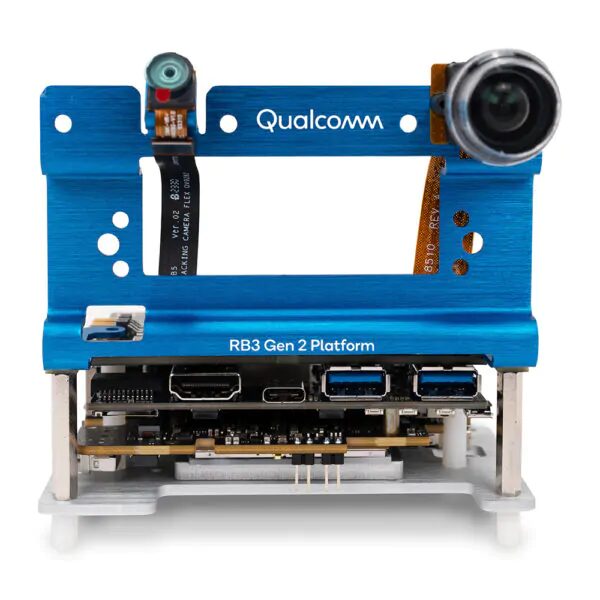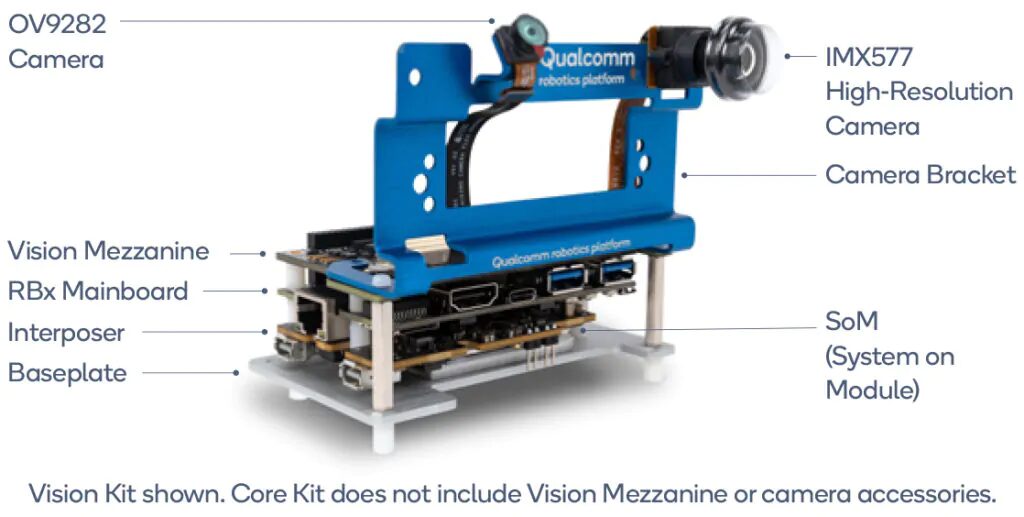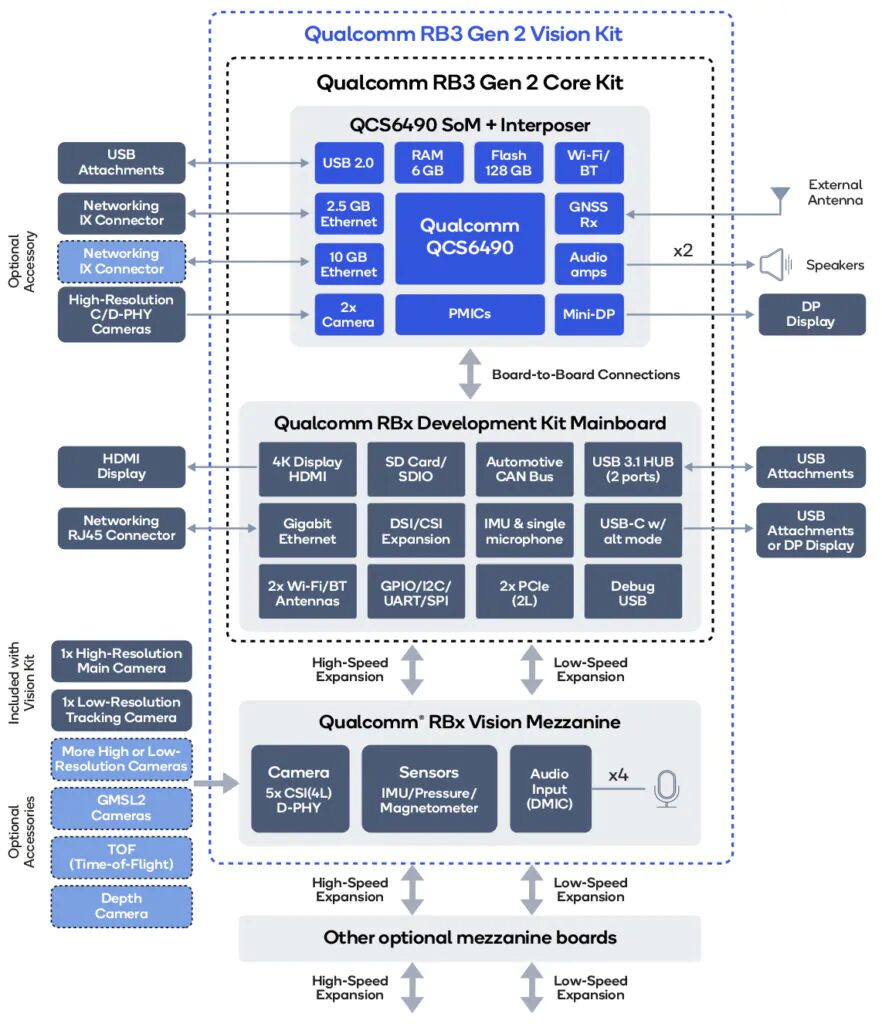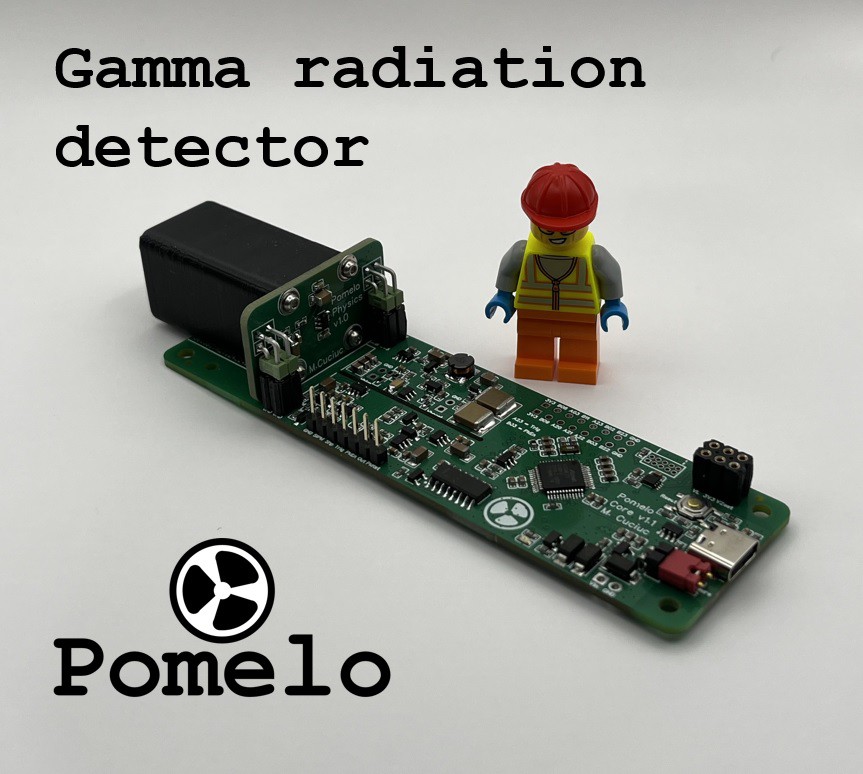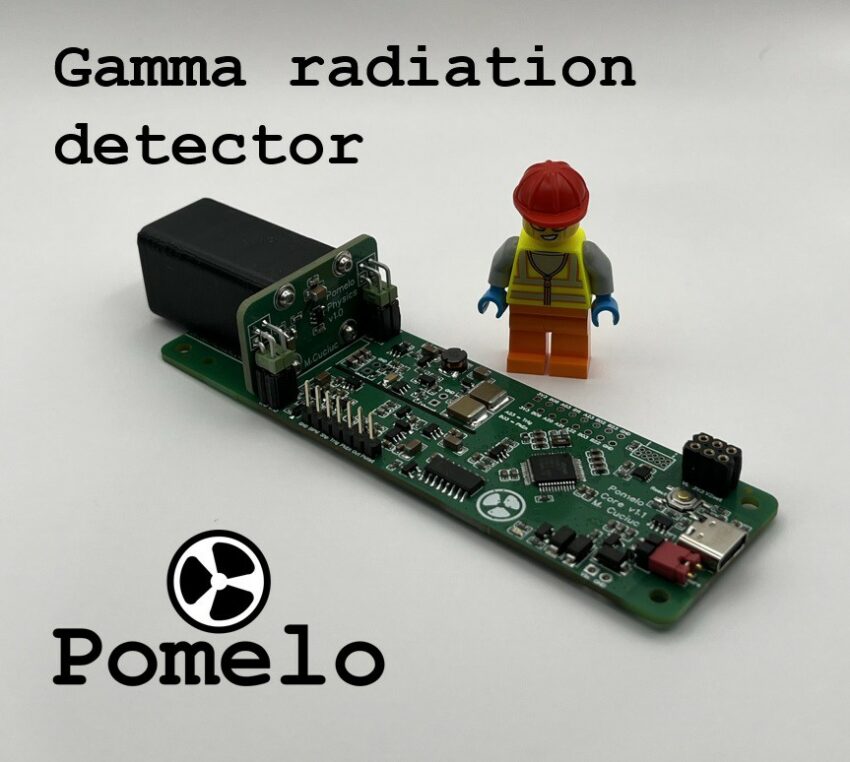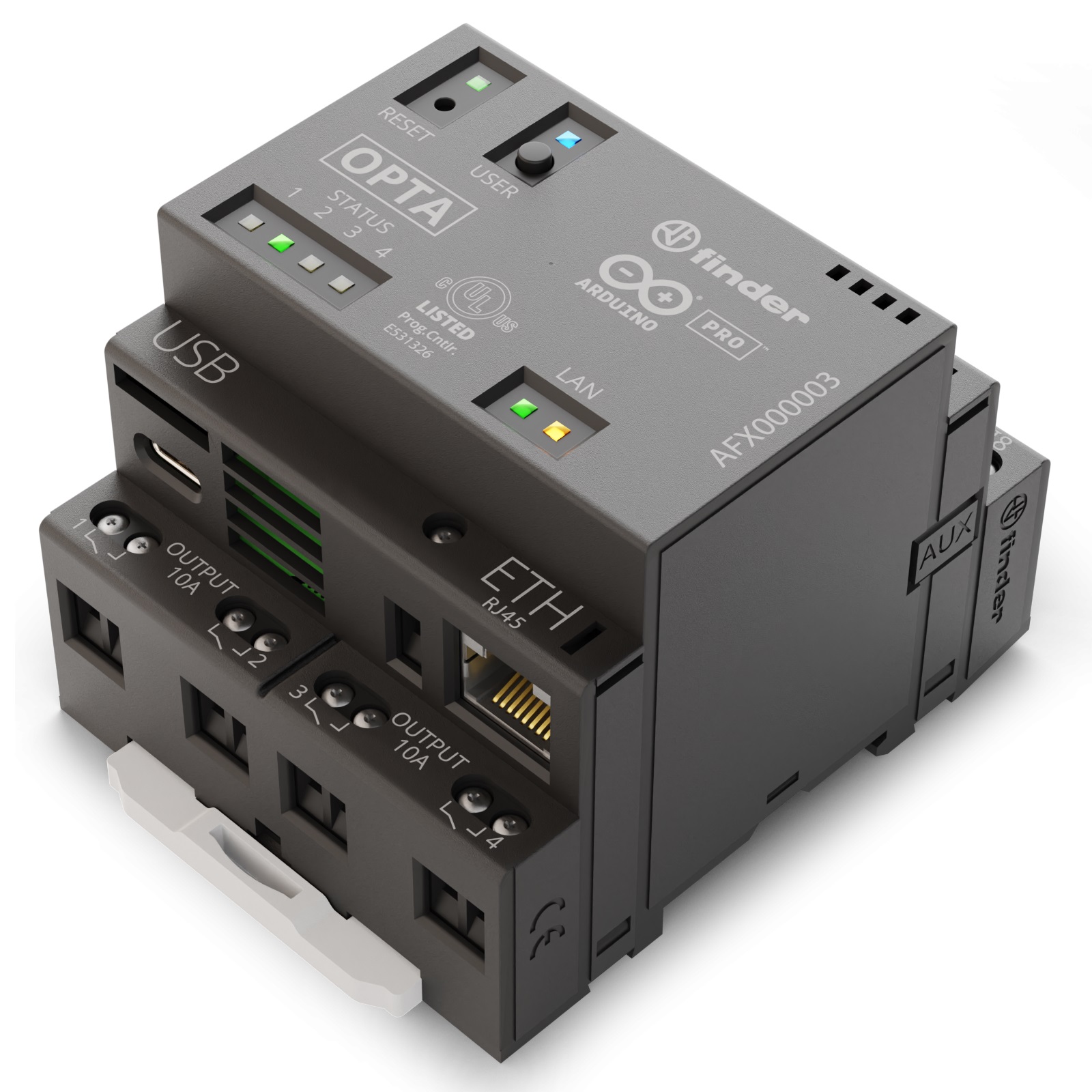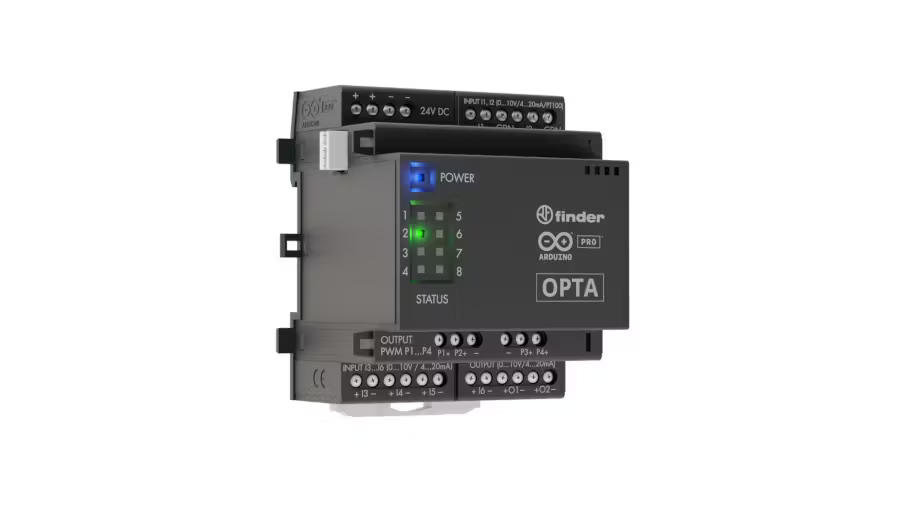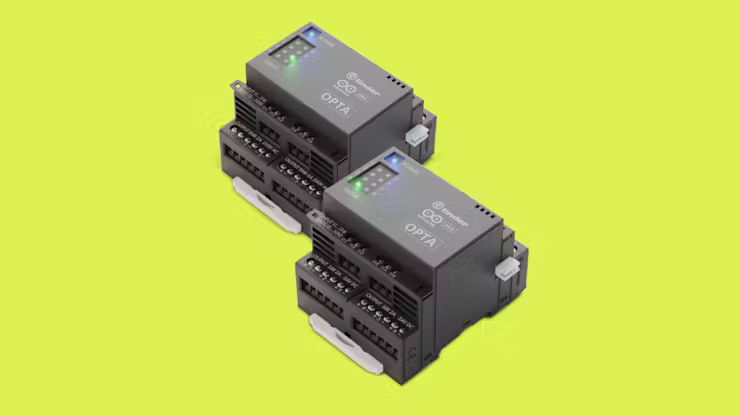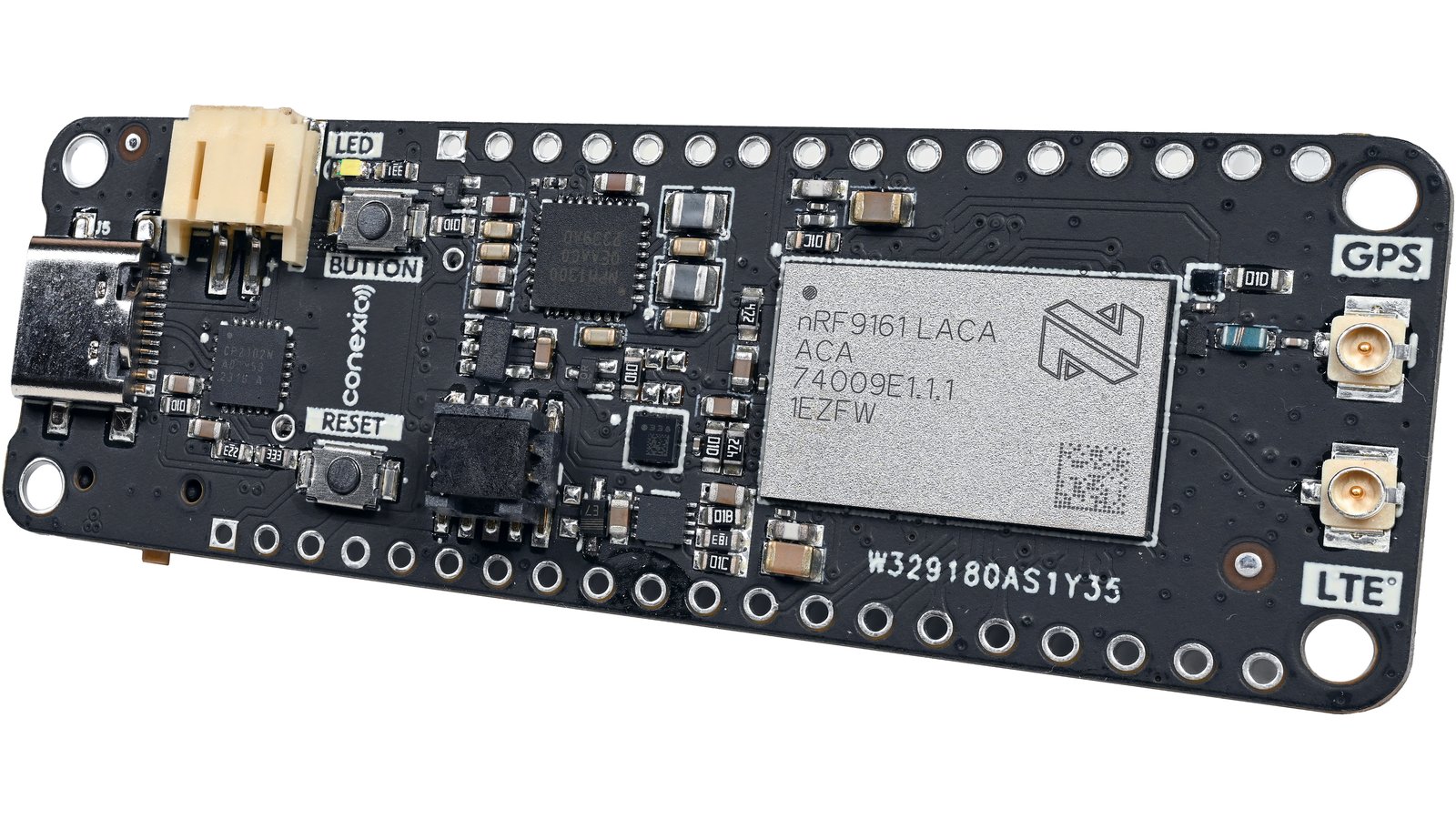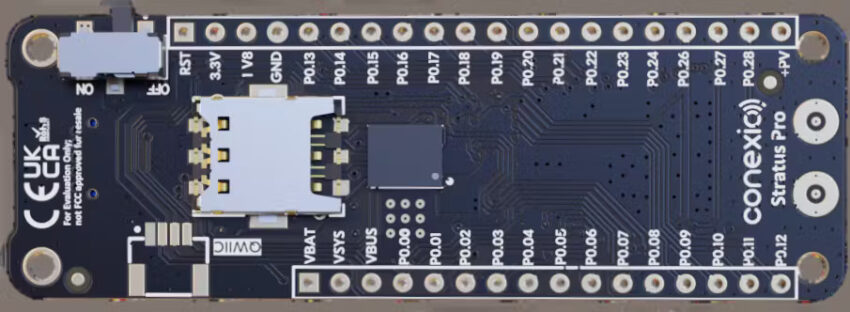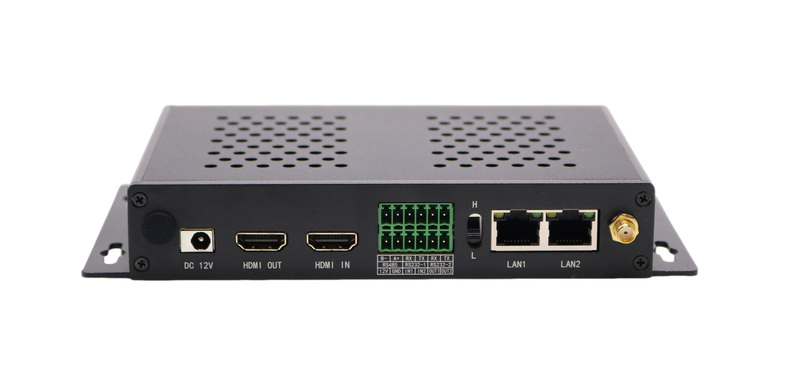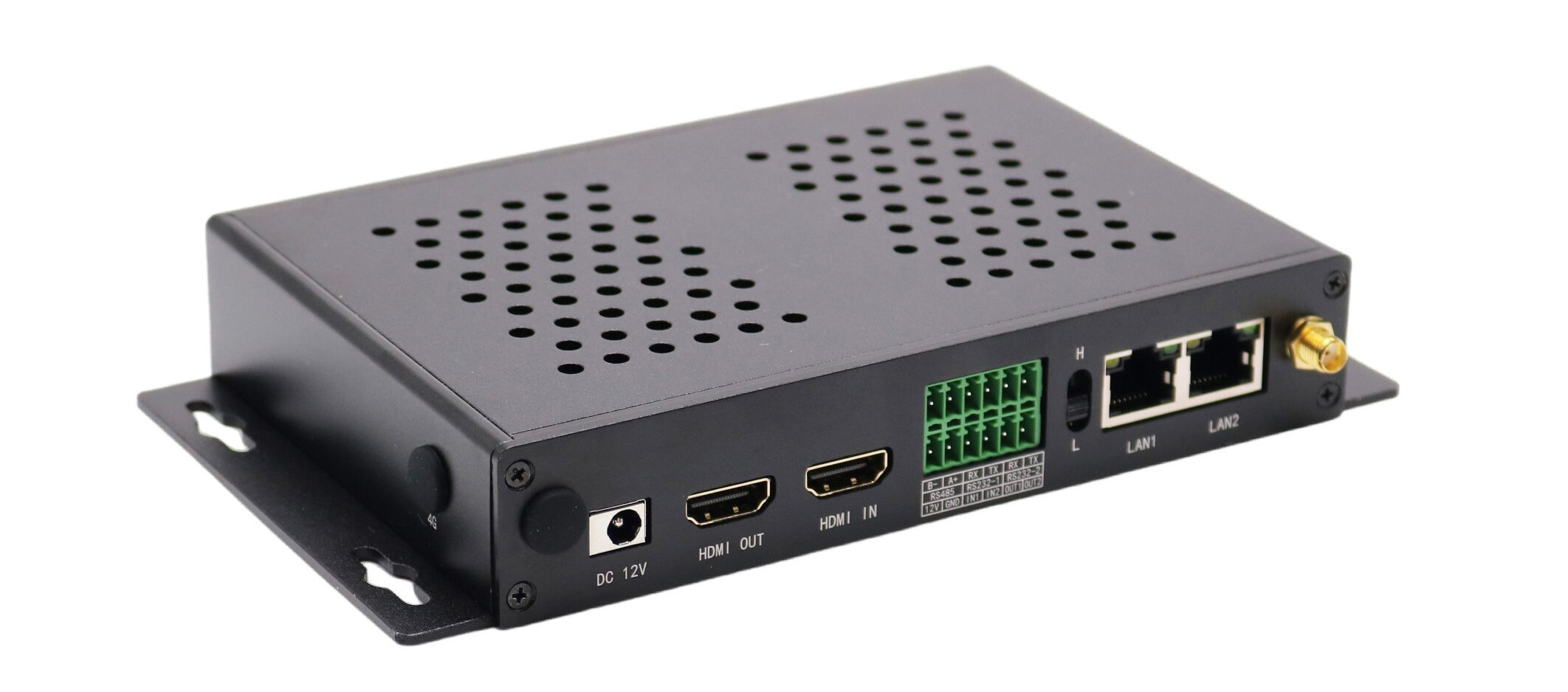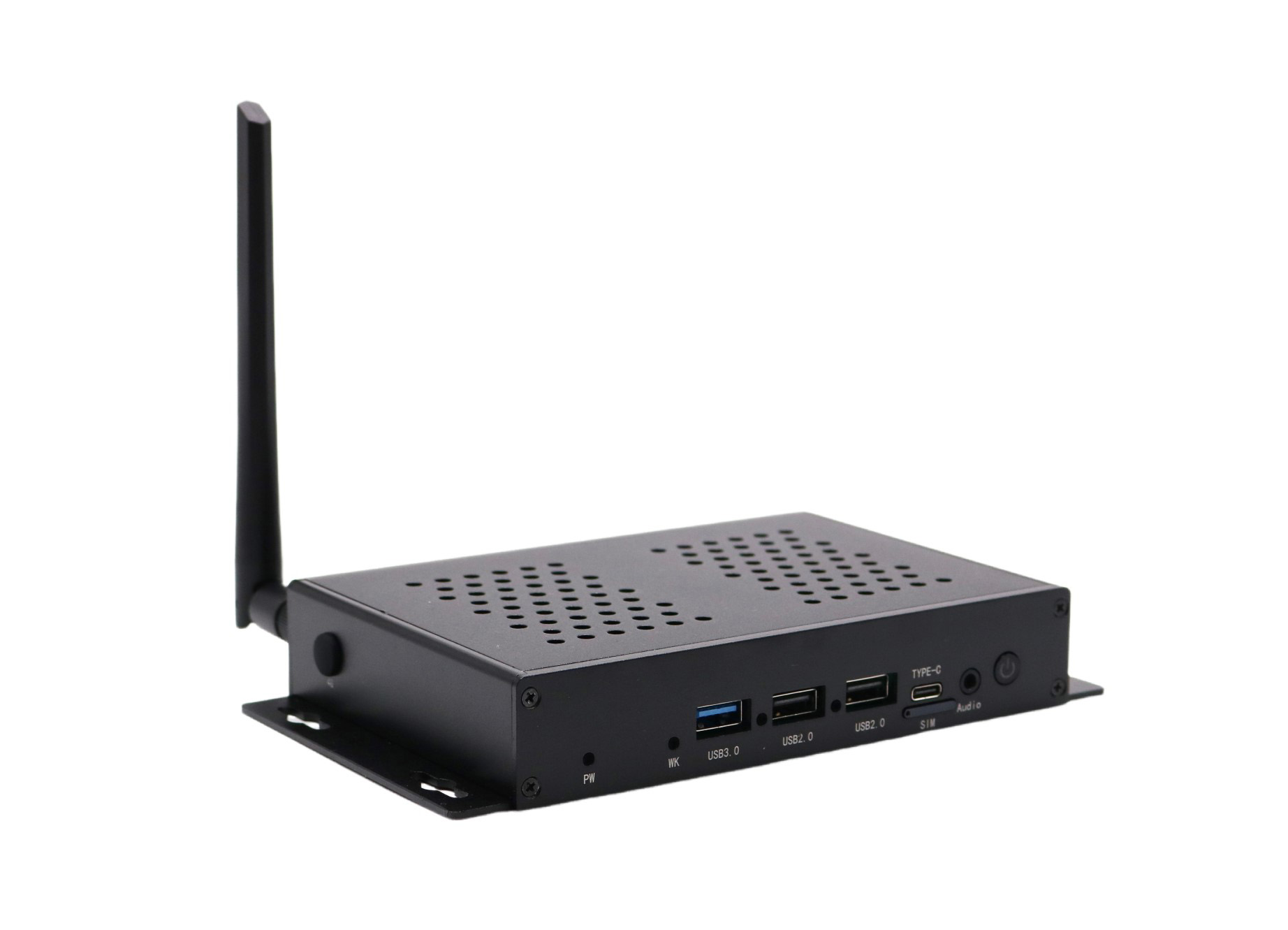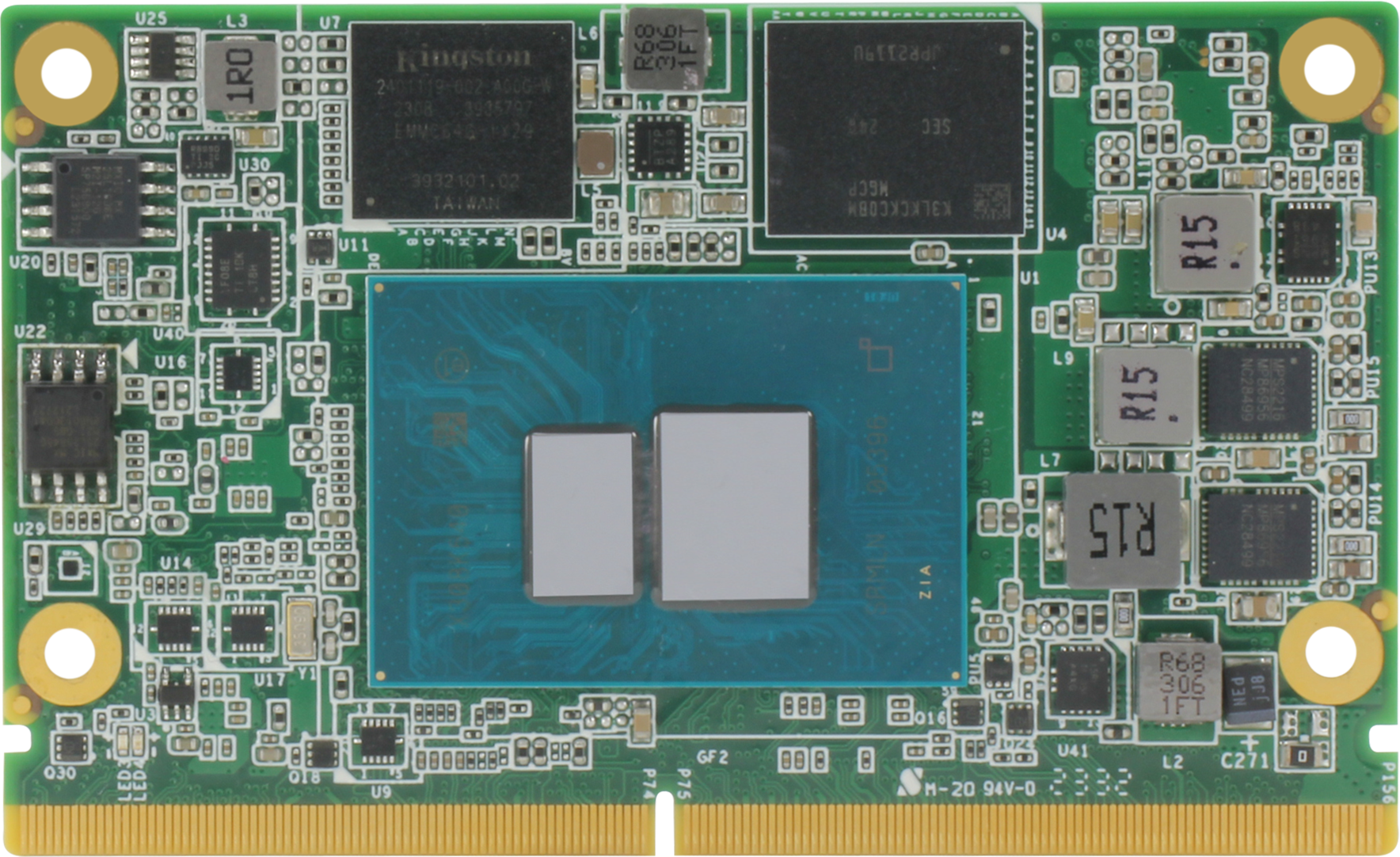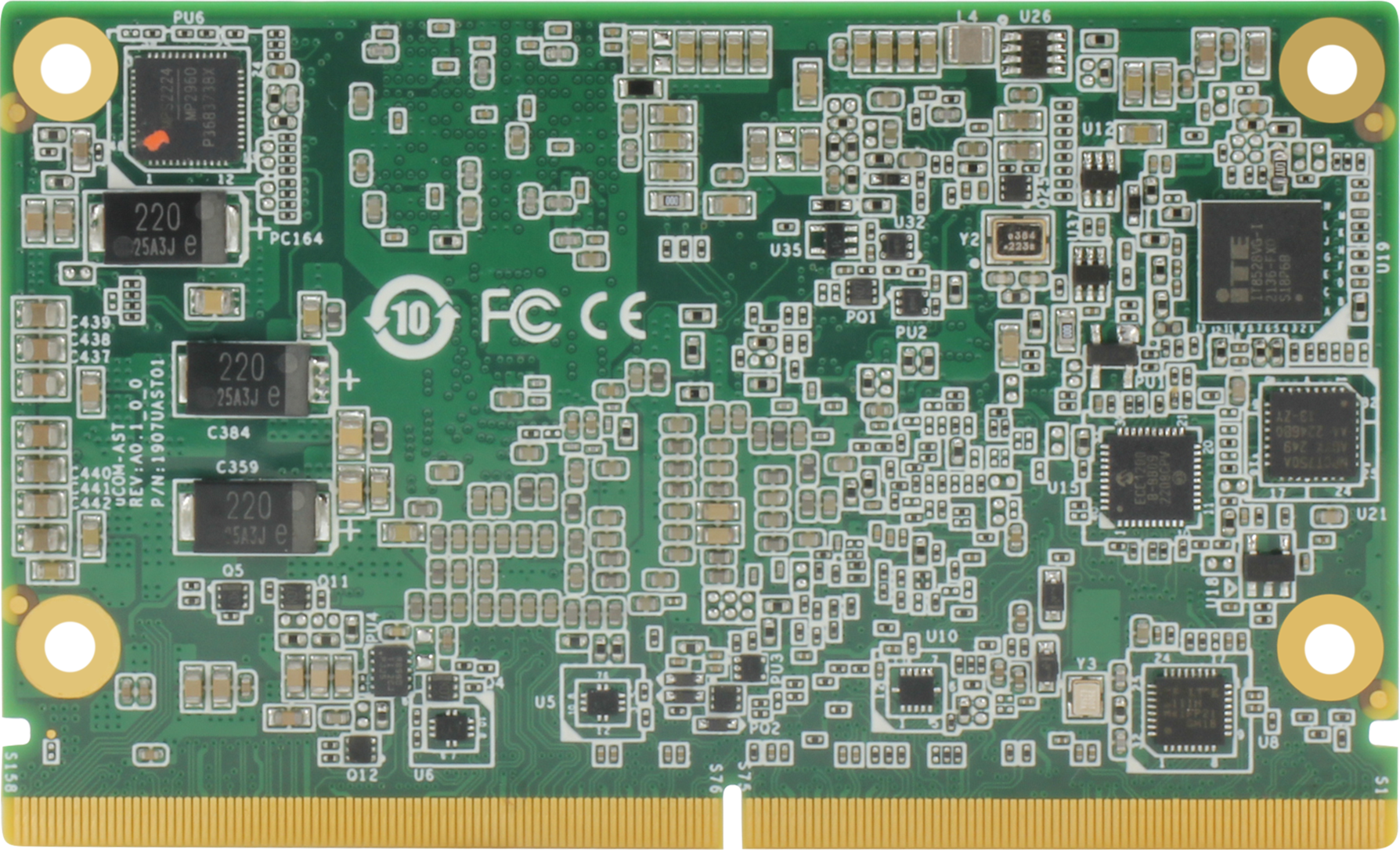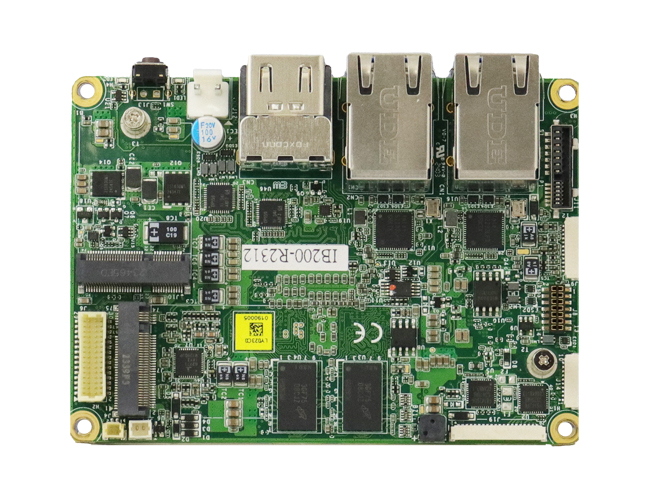With offer of seamless IR assembly in any application, plug-and-play module makes thermal imaging more accessible to integrators of surveillance and defense, including drone systems
Lynred, a leading global provider of high-quality infrared sensors for the aerospace, defense and commercial markets, today announces the launch of ATI640, its plug-and-play, longwave infrared (LWIR) thermal imaging module with VGA resolution, for new market players seeking easier access to infrared (IR) technologies. With ATI640’s high image quality, reliability, user-friendly interface and seamless assembly, system developers can now integrate IR optronics without making a major investment or needing specialty knowledge in optical design, sensor calibration or image correction, which previously hindered wider adoption of IR technologies.
By stripping out the complexity in thermal imaging, Lynred’s ATI640 frees up the development time of system integrators, giving them more scope to focus on innovation and product quality, and thus increase their competitiveness with faster access to market.
“ATI640’s plug-and-play solution makes infrared technology more accessible to new entrants in thermal imaging. In choosing this easy-to-use module, system integrators can speed-up their development of longwave infrared (LWIR) cameras and systems,” said Nadia Souhami, product unit director at Lynred. “ATI640 is the latest in a long line of thermal imaging innovations Lynred has brought to the market. We are excited about launching this module at Eurosatory and showing the power of its embedded image processing algorithms, while limiting the power consumption to just 1W. Our solution can bring smart thermal imaging with competitive advantages to any market application, drones in particular, which is a fast-growing market.”
Key product features
ATI640 is based on Lynred’s best-in-class, 640×480, 12µm pixel pitch sensor. It is designed with a SWaP-C (small Size, low Weight, low Power consumption, low Cost) core to optimize integration into optronic systems. The module is calibrated to work in shutterless mode to provide an uninterrupted video experience. Thanks to its shutterless operation and pairing with advanced image processing algorithms, ATI640 offers an excellent image quality with no trade-off on SWaP-C requirements. Its frame rate (60Hz) captures fast moving targets and produces smooth video footage. It is available with or without a lens.
Lynred will display ATI640, in conjunction with other new products, at Eurosatory, booth 5A-C155, taking place in Paris, France, June 17 – 21, 2024.


